Bitters
The salt and pepper of mixology, bitters are specialized spirits used to bring bitterness, complexity, and balance to a wide variety of cocktails.

Characteristics
The Ultimate Guide to Cocktail Bitters: From Classic to Contemporary 🍸
In the vast and exciting world of bitters, a single dash of this concentrated liquid can be the difference between a good drink and an unforgettable one. For centuries, cocktail bitters have served as the secret weapon of bartenders, acting as the "spice rack" for a well-stocked home bars. They are a testament to the power of a few drops to transform a beverage, adding depth, balance, and a complex flavor profile that can't be replicated.
This comprehensive guide will demystify this essential ingredient, from its historical origins to the modern, diverse market of types of bitters available today. Whether you're a seasoned mixologist or just starting out with your home bars, understanding the role of bitters is the first step to crafting exceptional cocktails.
What Are Bitters in a Drink? A Primer
When someone asks, "what are bitters in a drink?" they are referring to a potent, highly concentrated flavoring agent. Unlike a liqueur or a spirit, this ingredient is not meant to be consumed on its own. Instead, it is used in very small quantities—typically just a few dashes or drops—to enhance and harmonize the other ingredients in a cocktail recipe.
At their core, bitters are a tincture—an alcoholic infusion of various botanicals. The key components that all cocktail bitters include are:
A Bittering Agent: The foundation of the liquid, providing its characteristic sharp taste. Traditional agents include gentian root and cinchona bark, known for their intense and complex bitterness.
Aromatics and Spices: A curated blend of botanicals that gives each brand its unique character. This can range from baking spices like cinnamon and clove to citrus peels, herbs, and even fruits.
A Neutral Alcohol Base: A high-proof spirit that acts as a solvent, extracting the flavors and aromas from the botanicals and preserving them.
This combination creates a liquid that, in small amounts, can cut through sweetness, add a new layer of complexity, and tie a drink's disparate elements together.
The Pillars of the Bar: Classic Aromatic Bitters
When the term "bitters" is used in a cocktail recipe without a specific brand name, it almost always refers to one of the following classic aromatic bitters. These are the most common and versatile types of bitters and are an absolute must-have for any enthusiast.

Angostura Aromatic Bitters
Instantly recognizable by its oversized label and distinctive yellow cap, iconic features behind the bar — a concentrated infusion of spices and botanicals, revered for balancing and elevating classic cocktails like the Old Fashioned and Manhattan.
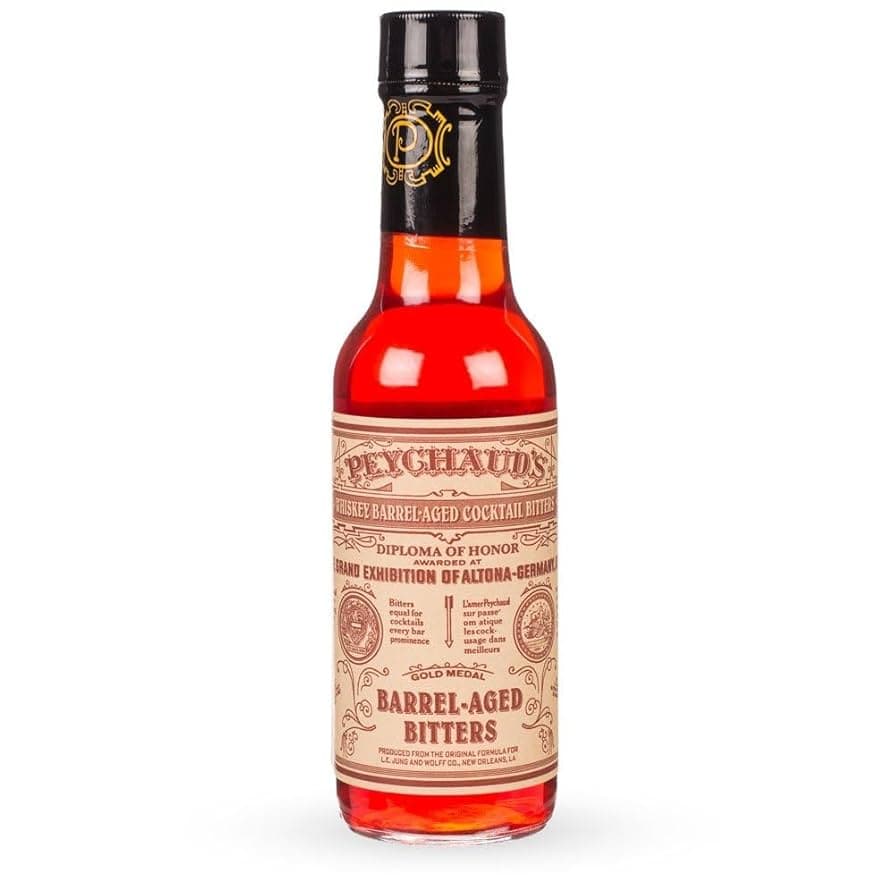
Peychaud’s Aromatic Bitters
Peychaud’s is the iconic aromatic bitter with a vivid red hue, known for its anise-forward profile and essential role in crafting the Sazerac cocktail.
Angostura Amer Aromatique: The quintessential aromatic. Angostura bitters, often simply called ango bitters, is the world's most famous brand. Its secret recipe, unchanged for nearly 200 years, results in a rich and earthy flavor profile with strong notes of clove, cinnamon, and allspice. Its iconic, oversized label is recognizable in bars worldwide. It is the essential seasoning for classics like the Old Fashioned cocktail, and it beautifully balances the rye whiskey and sweet vermouth in a Manhattan.
Peychaud’s Amer Aromatique: This New Orleans-style aromatic is known for its distinctly different character. Peychaud's bitters are lighter and more floral than Angostura, with a pronounced sweetness and a signature anise (licorice) aroma. Its bright red hue is a key visual element in many cocktails. This specific style of bitters is non-negotiable for crafting the authentic Sazerac cocktail, a true American classic.
Expanding Your Palette: The Diverse World of Bitters
Beyond the two classic styles, the modern resurgence of craft cocktails has led to a wide range of specialized types of bitters. These offerings from brands like Fee Brothers and The Bitter Truth allow for incredible creativity and the exploration of unique flavor pairings.
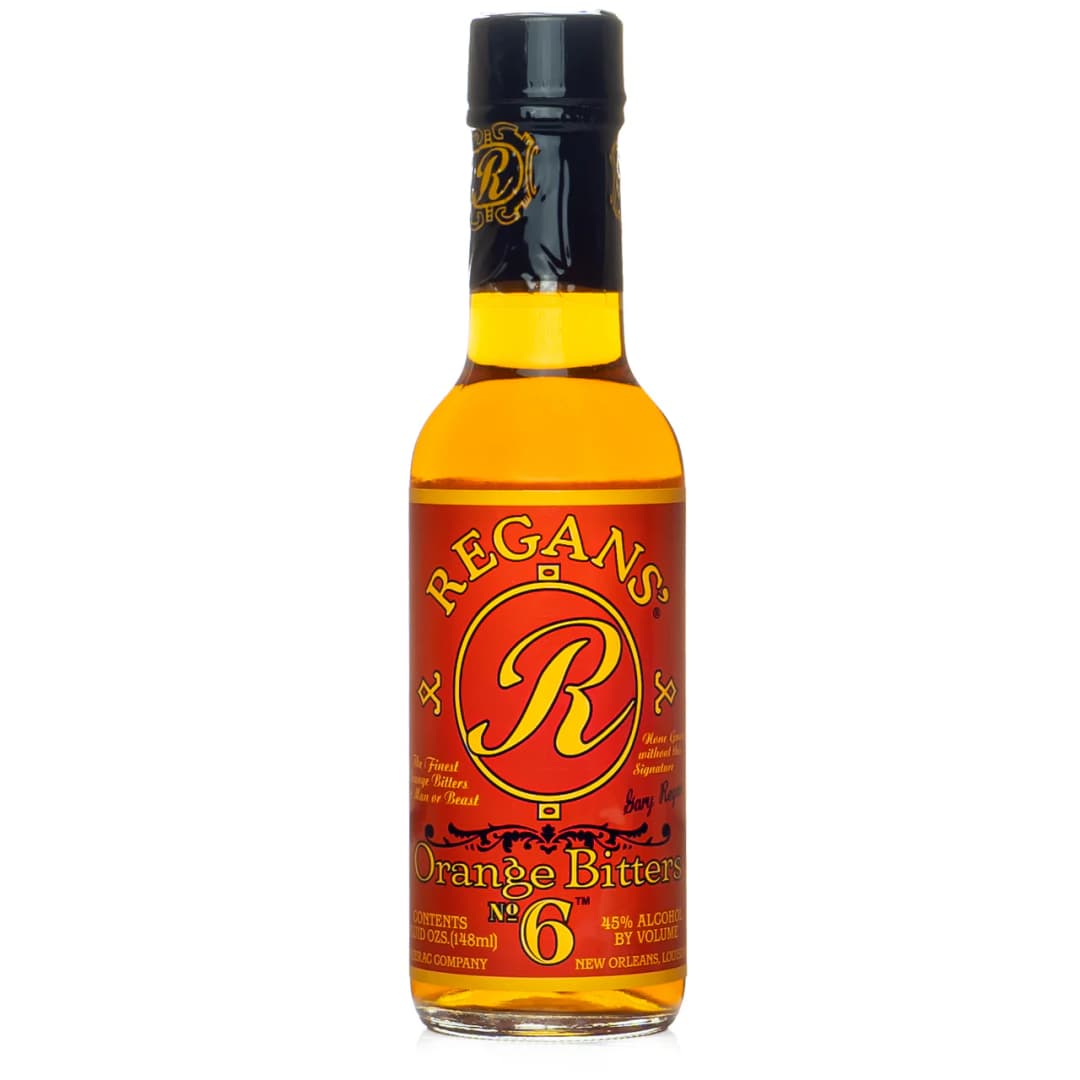
Regan's Orange Bitters
Legendary orange bitter crafted by bartender and author Gary Regan. Its balanced mix of citrus zest, spice, and subtle bitterness makes it essential for classic cocktails like the Martini and the Negroni.

Angostura Orange Bitters
Combines the historic craftsmanship of Angostura with the freshness of orange peels and exotic spices. It delivers a perfect balance of sweetness, acidity, and bitterness — ideal for enhancing both classic and modern cocktails.
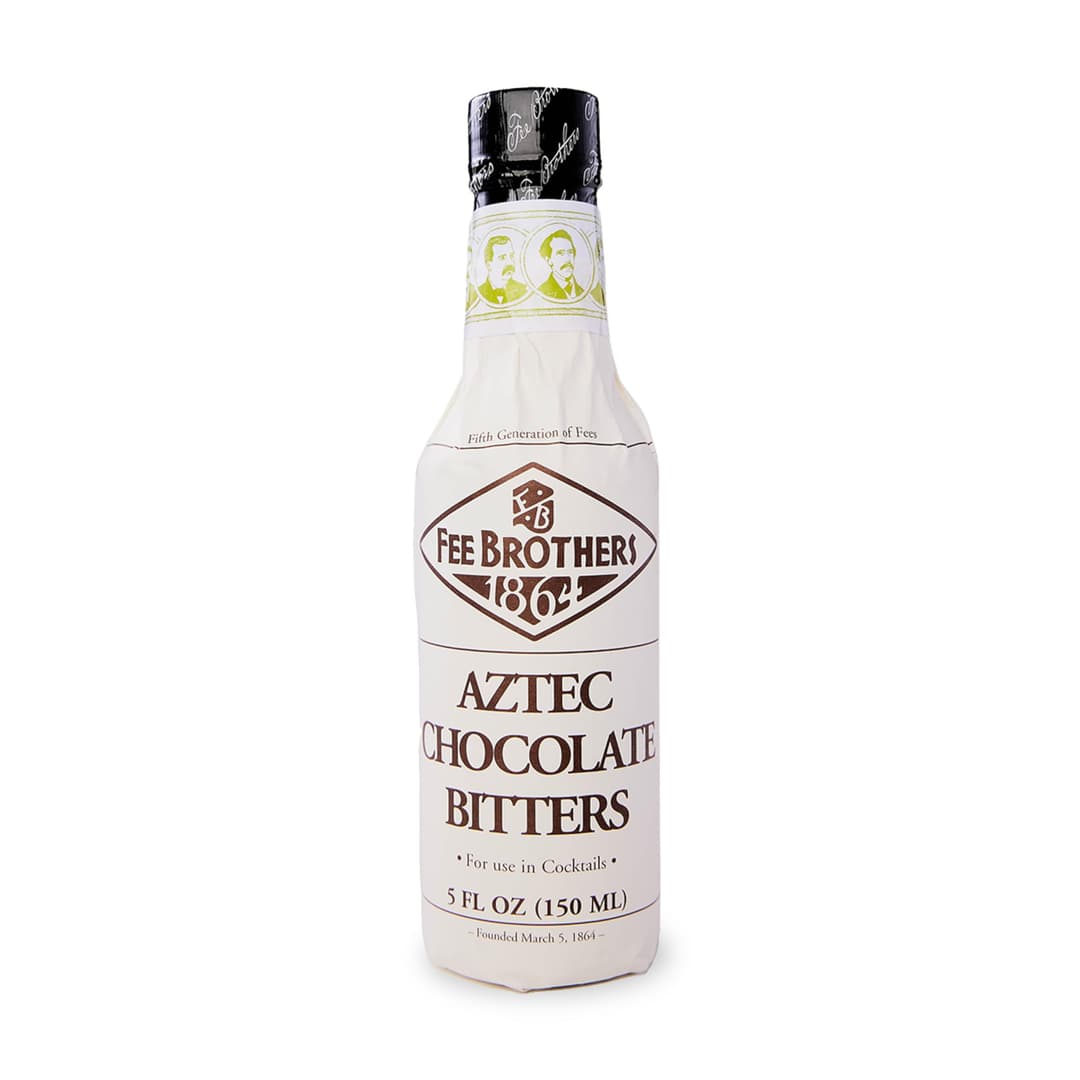
Fee Brothers Aztec Chocolate Bitters
Blends rich cocoa with warm spices inspired by ancient Aztec traditions. This non-alcoholic bitter adds depth, warmth, and complexity to cocktails made with whiskey, rum, or tequila.
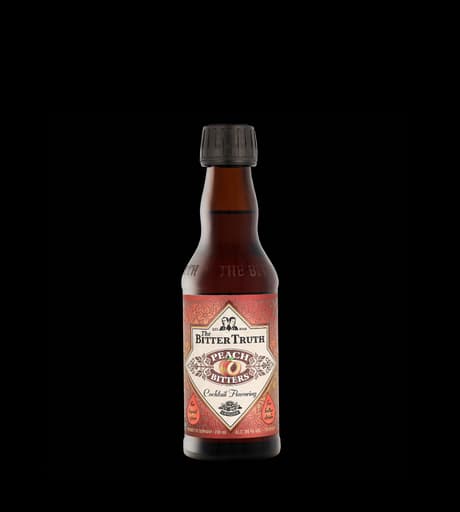
The Bitter Truth – Peach Bitters
Captures the juicy sweetness of ripe peaches balanced by subtle almond and spice bitterness. It elevates bourbon, gin, or champagne cocktails with a refined fruity touch.
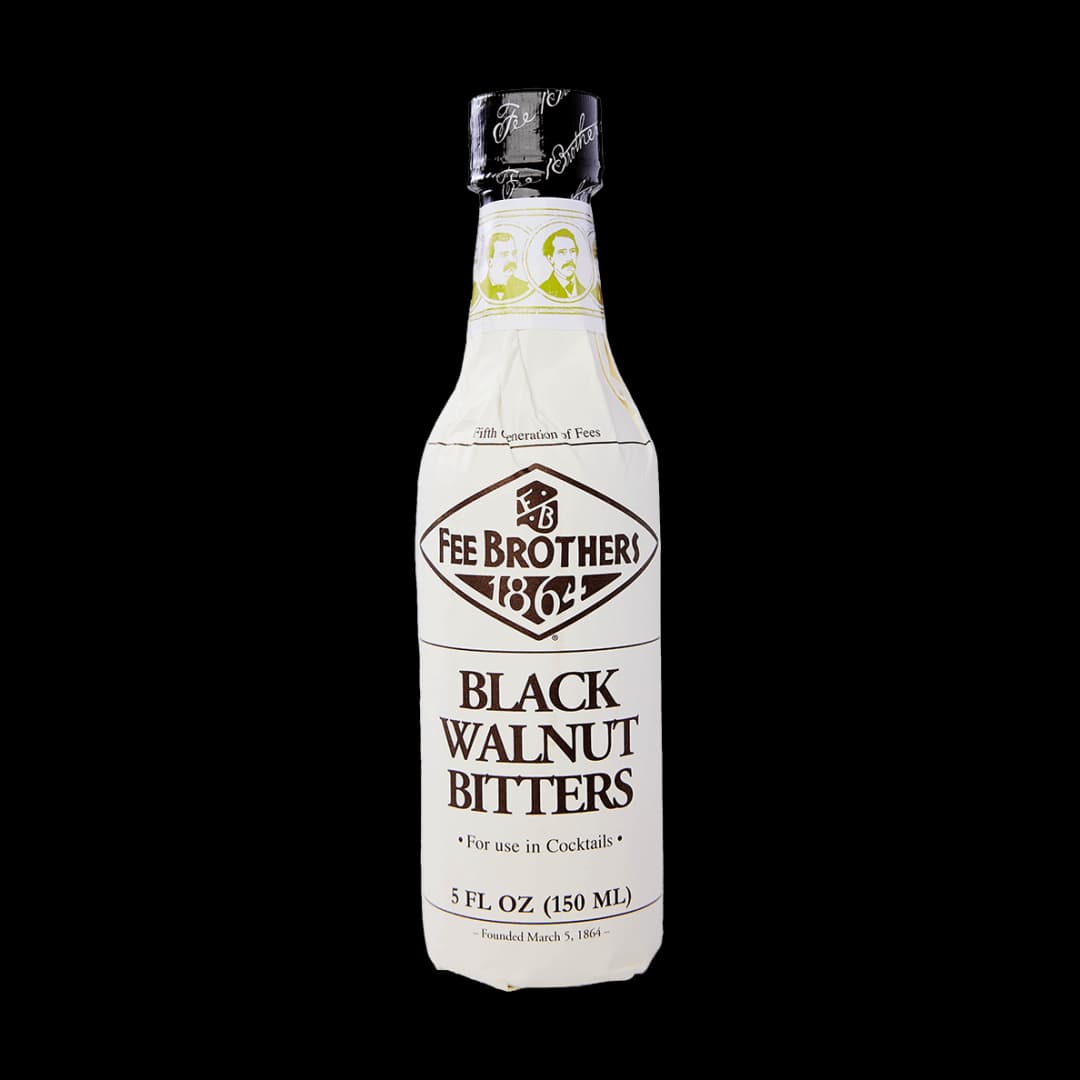
Fee Brothers – Black Walnut Bitters
Rich, woody bitter ideal for aged spirits like bourbon and rum. With roasted nut and warm spice notes, it adds cozy depth to classic cocktails.
Citrus Bitters: These liquids focus on the bright, zesty notes of various citrus fruits. Orange bitters are a standout example. The modern revival of this category was largely spearheaded by the release of Regan's Orange Bitters, developed by cocktail legend Gary Regan. Products like Angostura Amer Orange offer a perfect example of this style, which brings a clean, bitter citrus note that enhances martinis, sours, and gin-based drinks. Other popular varieties include Grapefruit and Lemon.
Spiced and Savory Bitters: This category includes a fascinating array of options. Fee Brothers offers a Celery bitters (Fee Brothers – Amer Céleri) that adds a savory, vegetal note perfect for Bloody Marys and gin cocktails. Meanwhile, The Bitter Truth – Amer Pamplemousse (Grapefruit bitters) provides a vibrant, sharp kick that is excellent in tequila and mezcal-based drinks.
Nut and Chocolate Bitters: For cocktails that require a richer, more decadent flavor profile, these types of bitters are a perfect choice. Fee Brothers Aztec Chocolate Bitters and Angostura Cocoa Bitters bring notes of dark chocolate, cinnamon, and spice that pair exceptionally well with aged spirits like bourbon, rye, and dark rum. Similarly, Fee Brothers – Amer noix noire (Black Walnut) adds a deep, nutty complexity to whiskey drinks.
Fruit and Floral Bitters: This growing category includes options like The Bitter Truth – Amer Pêche (Peach bitters) or floral varieties like Lavender or Rose. They are ideal for adding a subtle hint of fruit or blossom to light, refreshing cocktails, particularly those made with gin, vodka, or prosecco.
Beyond the Bar: The Digestive Legacy of Bitters
While we primarily associate them with mixology today, the history of bitters is deeply rooted in medicine. Originally formulated as medicinal tonics to aid in digestion, many of these liquids still possess properties that can soothe an upset stomach. A simple "Bitters and Soda"—a few dashes of Angostura bitters in a glass of sparkling water—is a time-honored non-alcoholic remedy that is both delicious and effective.
In conclusion, the world of bitters is a testament to the fact that great things often come in small packages. From the classic aromatic bitters that define an Old Fashioned to the innovative, wide range of flavors from brands like Fee Brothers and The Bitter Truth, these tiny bottles of bitters are a powerful tool for any home bars. They are the secret ingredient that elevates a drink from a mere mixture to a masterpiece.